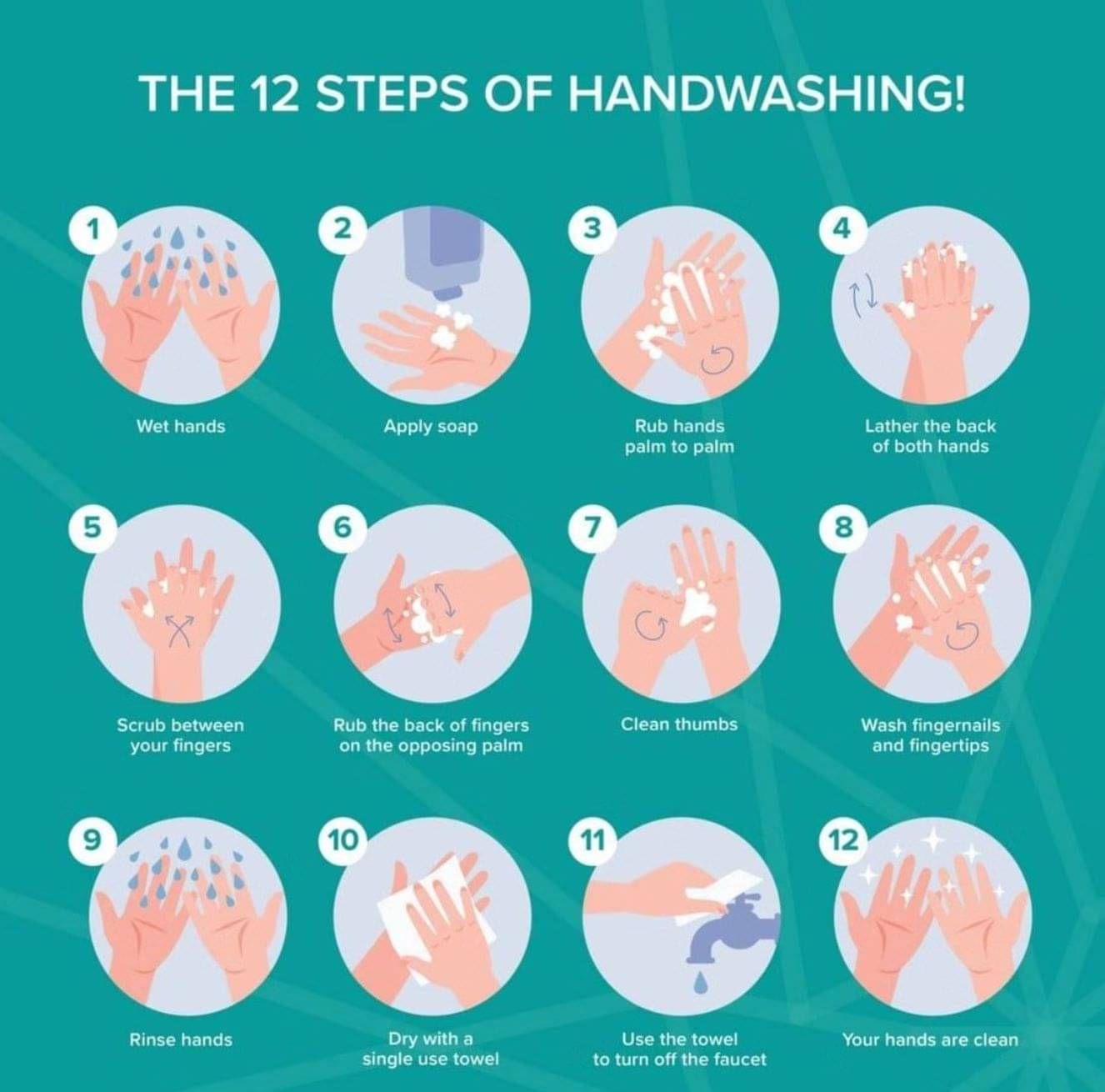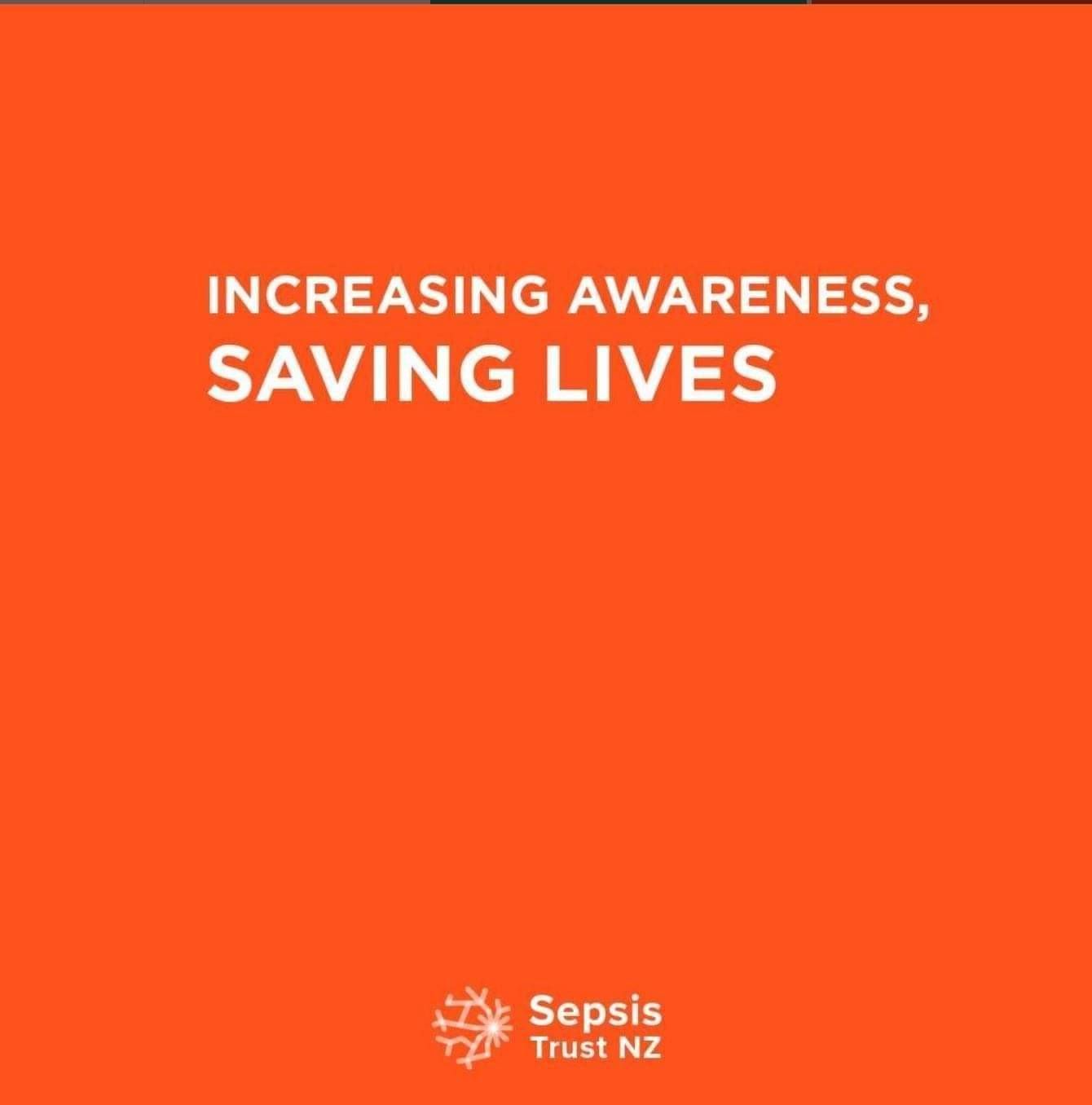What is Sepsis?
Key Points
The risk of developing sepsis can be reduced by practicing good hygiene, including washing hands regularly, caring for even minor cuts and scrapes using basic first aid techniques (especially keeping wounds clean), and by staying up to date on vaccinations.
And remember...
Early action is critical: The progression of infection into sepsis can be prevented through early detection of symptoms, prompt medical care, and timely antimicrobial treatment.
Keep seeking medical support: If an individual has been treated by a GP or Emergency Department and sent home but does not feel like they are improving or has concerns about their condition, they should return immediately and not delay seeking further medical attention.
Awareness and Timely Treatment: Deaths and disabilities caused by sepsis can be reduced through increased awareness, understanding, timely treatment, and standardised recognition protocols and training.

What causes sepsis?
When microorganisms (germs), such as bacteria, fungal or viral infection get into your body, they can cause an infection. If that infection isn’t stopped, it can cause sepsis. Sepsis is not an infection, but an inappropriate response to an underlying infection.
The most common infections that cause sepsis are:
An infection of the lungs
An infection of the kidneys and bladder
Infection of skin, joints and/or bone
A problem in your abdomen (puku) like a hole in the bowel
An infection that starts in the bloodstream and heart

